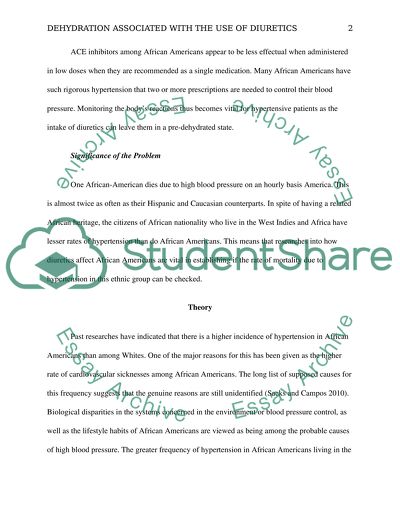Cite this document
(“Literature review ( Dehydration associated with the use of diuretics) Research Paper”, n.d.)
Literature review ( Dehydration associated with the use of diuretics) Research Paper. Retrieved from https://studentshare.org/nursing/1615684-literature-review-dehydration-associated-with-the-use-of-diuretics
Literature review ( Dehydration associated with the use of diuretics) Research Paper. Retrieved from https://studentshare.org/nursing/1615684-literature-review-dehydration-associated-with-the-use-of-diuretics
(Literature Review ( Dehydration Associated With the Use of Diuretics) Research Paper)
Literature Review ( Dehydration Associated With the Use of Diuretics) Research Paper. https://studentshare.org/nursing/1615684-literature-review-dehydration-associated-with-the-use-of-diuretics.
Literature Review ( Dehydration Associated With the Use of Diuretics) Research Paper. https://studentshare.org/nursing/1615684-literature-review-dehydration-associated-with-the-use-of-diuretics.
“Literature Review ( Dehydration Associated With the Use of Diuretics) Research Paper”, n.d. https://studentshare.org/nursing/1615684-literature-review-dehydration-associated-with-the-use-of-diuretics.


